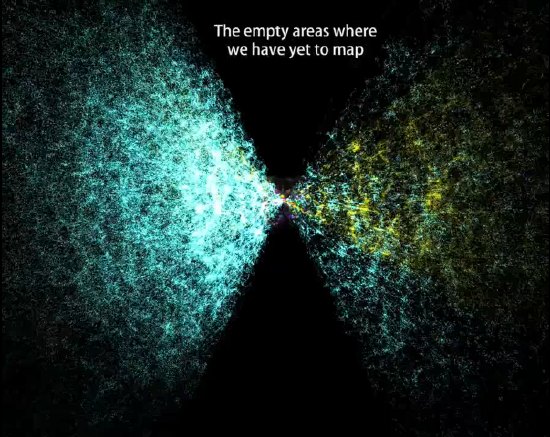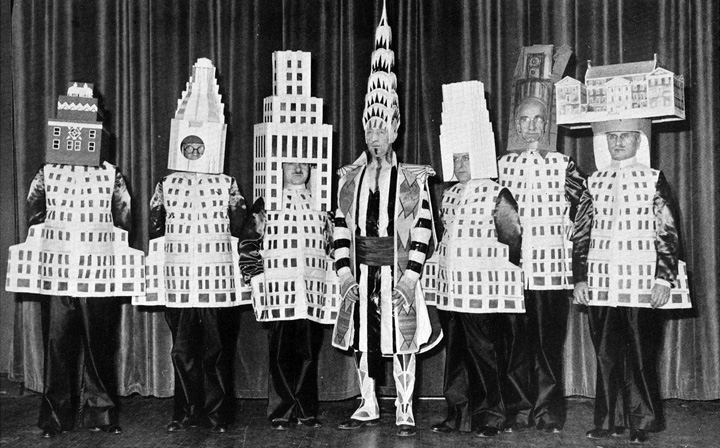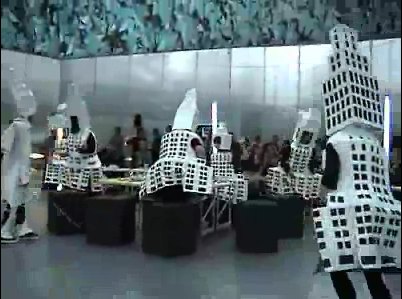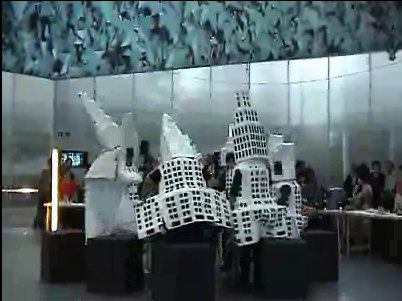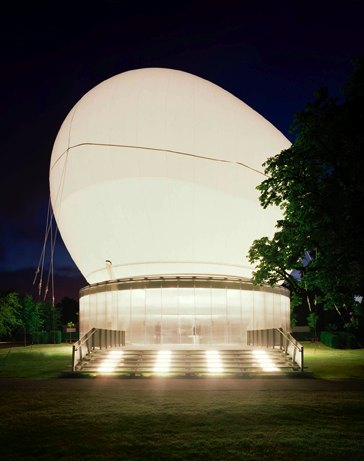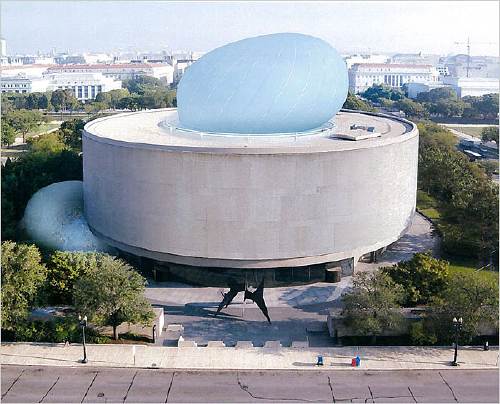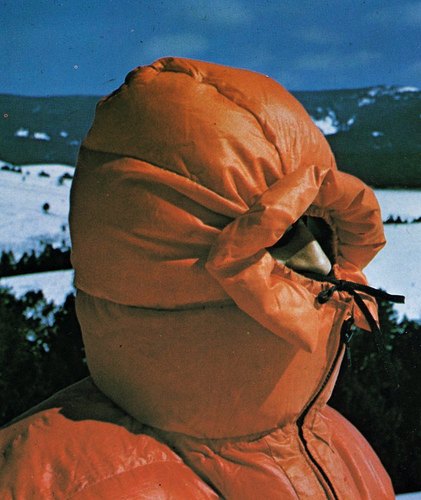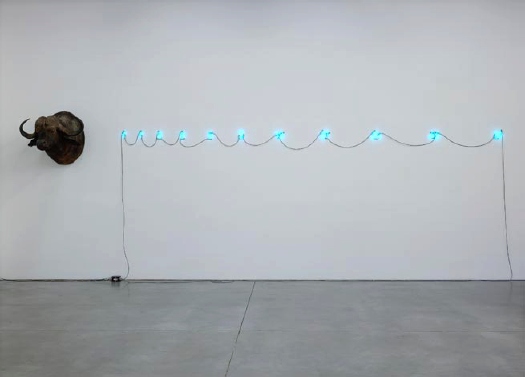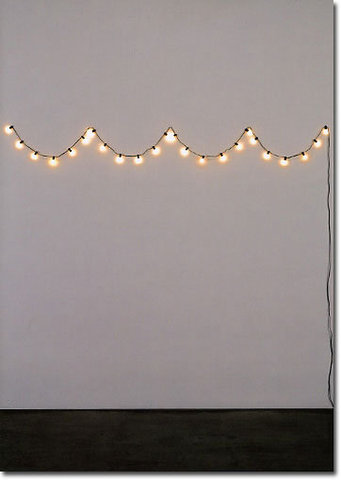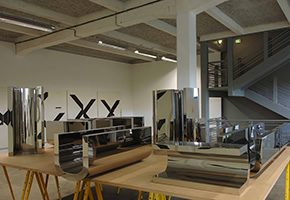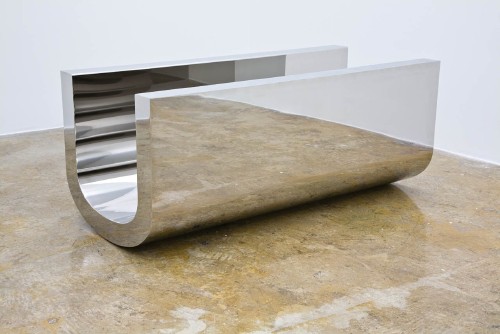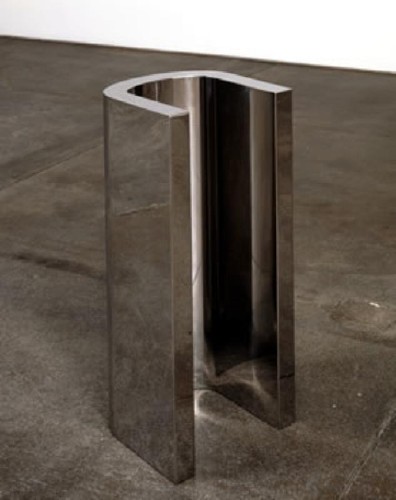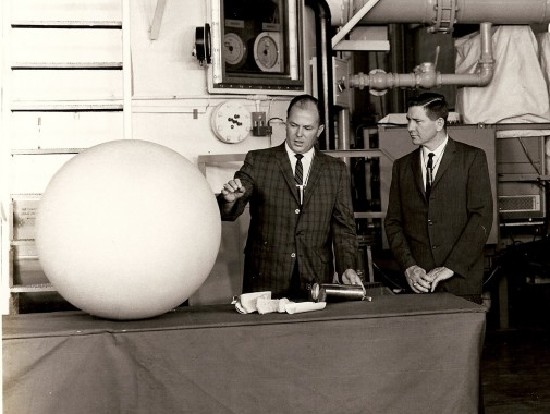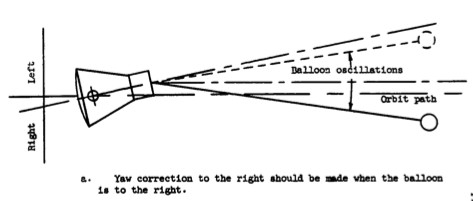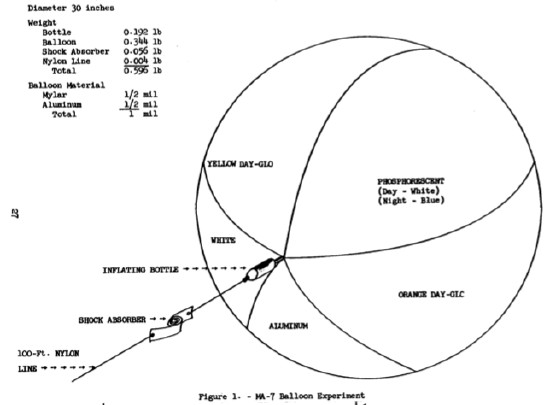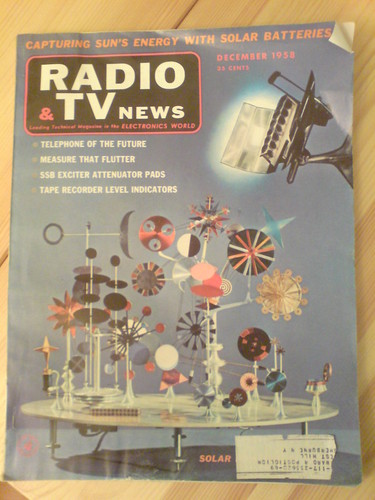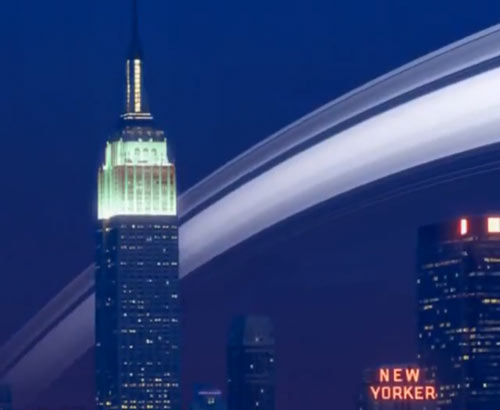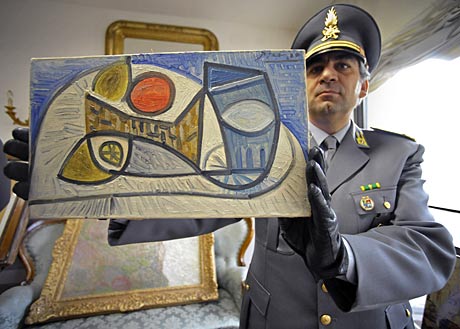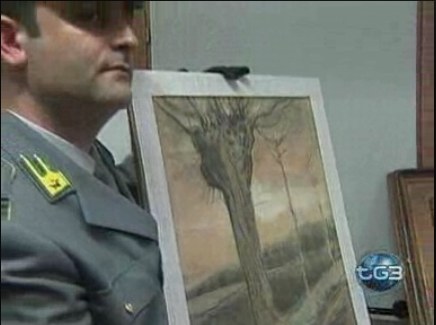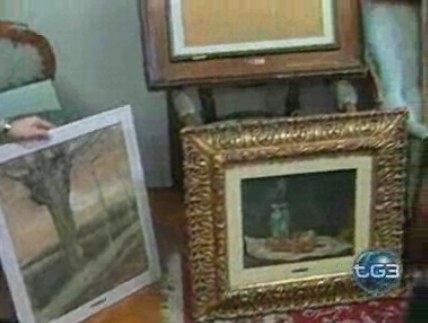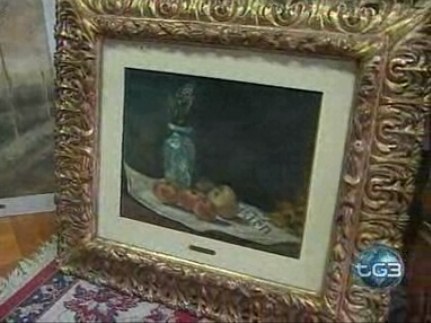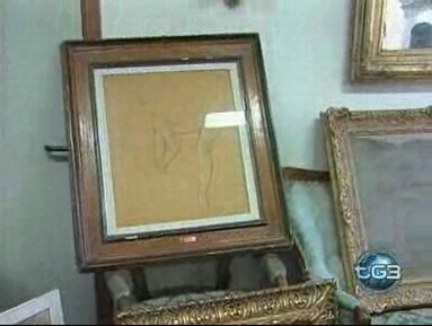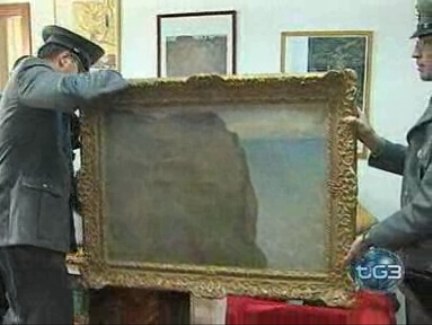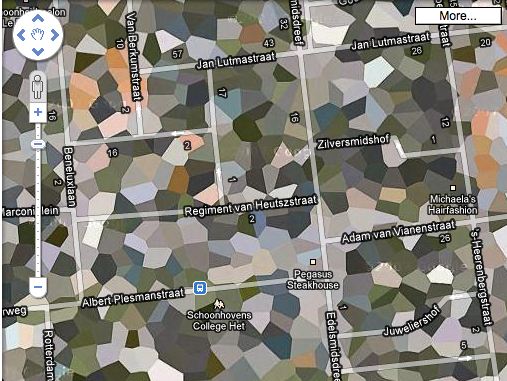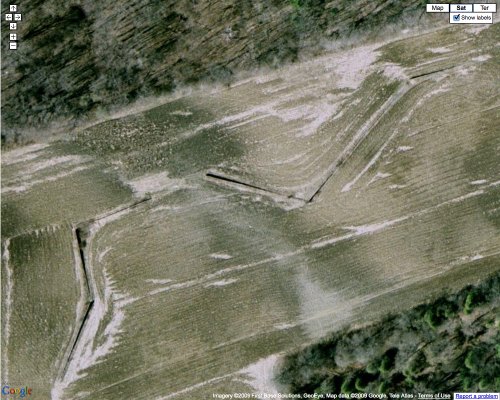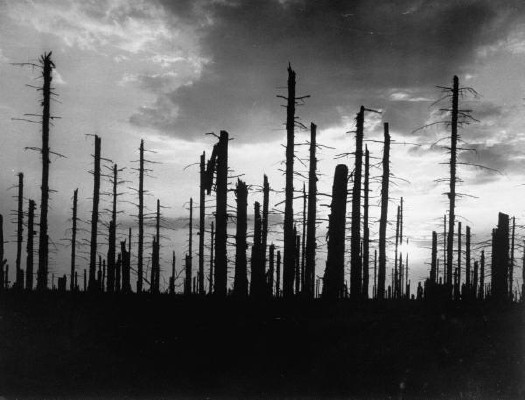
For the Allied forces, The Battle of Hürtgen Forest was the longest and one of the bloodiest, most pointless battles of World War II. Between October 1944 through February 1945, over 33,000 US soldiers were killed in the dense fir forest filled with minefields and fortifications.
Even when the battle turned immediately hellish, far-off Allied generals kept pressing for "victory," which at the time basically meant preserving the pride of the US Army by not retreating, even though there was no apparent strategic value to the German territory.
At least that's Charles Whiting's point in The Battle of Hürtgen Forest, his harrowing-to-overwrought, GI-friendly history, published in 2000. [I bought my copy on Amazon.]
As Wikipedia points out, though, Germany suffered almost as many casualties defending the forest because it stood between the US and a potentially vital dam, and it was a staging ground for the fast-approaching Ardennes Offensive/Battle of the Bulge.
Still, none of that was known or acted upon at the time by US forces, and it certainly wasn't communicated down the line to the soldiers pinned down for days in their nearly useless foxholes.
The photos in Whiting's book are somewhat cursory, and when I imagine the conditions, I inevitably fall back to the episode on the wintertime siege of Bastogne from HBO's Band of Brothers. So Dmitri Kessel's 1951 photo for LIFE, depicting the bombed out, burned out ruins of the once-impenetrable forest kind of caught me off guard.
My great uncle Lark was a staff sergeant in Hurtgen Forest. He'd already fought in Africa, Sicily and France when he was killed on October 9th, one of the earliest casualties of the battle. When it published his obituary a month later, The Richfield Reaper (UT) said only he died "somewhere in Germany." I'm not sure if anyone in my family has ever inquired after or discussed Uncle Lark's experience during the last months and days of his life. But I suspect it was pretty damn grim.
Hurtgen Forest, Germany, 1951, photographed by Dmitri Kessel for LIFE Magazine [life@google]
The Battle of Hürtgen Forest [wikipedia]

